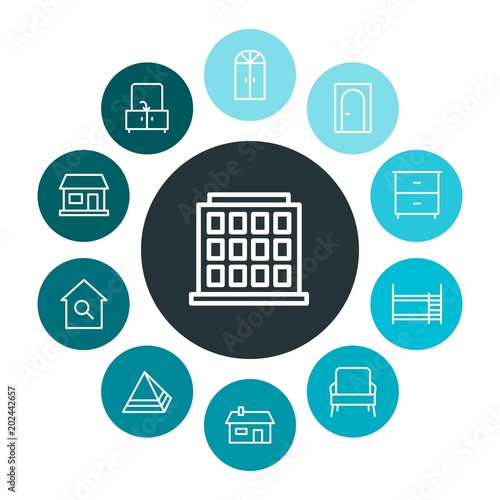Comprehensive Recommendations For Refurbishing Vintage Cabinets
Comprehensive Recommendations For Refurbishing Vintage Cabinets
Blog Article
Published By-Snider Donnelly
To start the trip of bring back antique closets, you need a keen eye for information. Visualize revealing concealed tricks within each layer of history ingrained in the timber. Image the fulfillment of reviving a once-forgotten piece to its former magnificence. Every action of this thorough process holds the essential to maintaining the past while creating a future antique. So, are you prepared to embark on this transformative venture and unlock the capacity of your antique cupboards?
Analyzing the Cabinet's Condition
When starting the repair process, beginning by assessing the problem of the antique cabinet. Very carefully take a look at the total structure for any kind of signs of damages such as cracks, chips, or loosened joints. Examine the wood for any type of rot, warping, or insect problem that may have occurred in time. It's critical to identify the degree of the repair required before proceeding even more.
Next, check the closet's hardware such as hinges, handles, and locks. Make note of any missing items or components that need repair work or replacement. Make sure that all hardware is working correctly and securely connected to the closet.
Furthermore, evaluate the cabinet's finish. Look for any type of scratches, discolorations, or discoloration that may impact the aesthetic allure. Determine if the finish needs to be stripped and reapplied or if a straightforward touch-up will certainly be adequate.
Collecting the Required Tools and Products
After evaluating the problem of the antique closet, the following step is to collect the required tools and products for the repair procedure. Before kitchen remodeler start, ensure you have the complying with things on hand:
- timber cleaner
- sandpaper in different grits
- timber filler
- paint or wood tarnish
- brushes
- gloves
- safety goggles
- a dirt mask
- a ground cloth
- a putty blade
- a hammer
- a screwdriver
- a vacuum
These tools and products are vital for a successful restoration.
Timber cleaner is vital for eliminating years of dust and crud buildup, preparing the surface area for sanding. Sandpaper of different grits helps in smoothing out imperfections and preparing the timber for a new surface. Timber filler is handy for repairing any kind of cracks, holes, or dents present in the cabinet.
Paint or wood stain, in addition to brushes, permit you to personalize the cabinet to your choice. Remember to use handwear covers, security goggles, and a dirt mask for protection. Lay down a drop cloth to secure your work area, and use a vacuum cleaner to tidy up any type of particles.
With these devices and materials gathered, you're ready to begin the reconstruction process.
Executing the Reconstruction Process
To efficiently implement the restoration process on your antique cabinet, begin by thoroughly cleaning the surface with the timber cleaner. https://home-inspection-cost99876.dreamyblogs.com/28202468/step-into-a-world-of-bespoke-cabinets-that-will-redefine-your-living-space-reveal-the-magic-of-customized-storage-services is vital as it aids get rid of years of dust, crud, and old polish that may have gathered externally.
As soon as the cabinet is clean and completely dry, examine the condition of the wood. Try to find any kind of splits, scrapes, or other problems that require to be addressed. Usage timber filler to repair any imperfections, seeing to it to match the filler color to the wood tone for a seamless coating.
After the fixings have actually dried out, gently sand the entire surface area to develop a smooth and also base for the brand-new surface. Be careful not to sand also aggressively, as you don't wish to harm the wood below.
As soon as the sanding is complete, use a wood stain or end up of your option, adhering to the maker's guidelines. Allow the coating to dry entirely prior to using a protective top layer to make sure the long life of your restored antique closet.
Final thought
Since you have completed the restoration procedure, your antique closet looks like new.
By complying with the step-by-step overview, you were able to assess, repair, and improve its condition effortlessly.
With kitchen remodel pictures and protective leading coat, your valued item will certainly remain to radiate for many years ahead.
Enjoy the beauty of your brought back antique closet!
